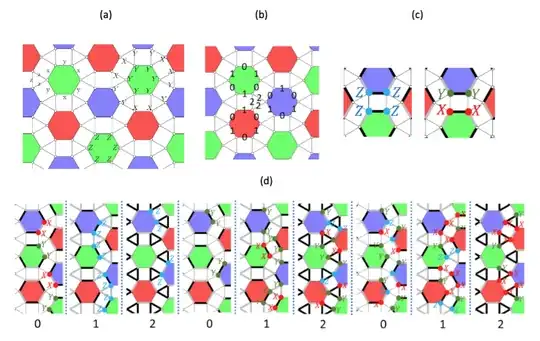Is there a generally accepted definition of what a color code is?
I have found two definitions that I am not able to reconciliate with each other:
The error correction zoo defines color codes via homogeneous simplicial complexes as the triangulation of a single simplex and qubits are placed on simplices.
In An Introduction to Topological Quantum Codes in section 5, color codes are introduced as lattices that come with vertices and faces (at least, in the 2-D case) where qubits are on the vertices and the plaquettes denote X- and Z-stabilizers.
The examples that I have come accross so far (Steane, honeycomb, 4-8-8 lattice) all seem to fit the second definition, but not the first.
Are the two definitions equivalent? If yes, why? If not, what is the "correct" / generally accepted definition?
